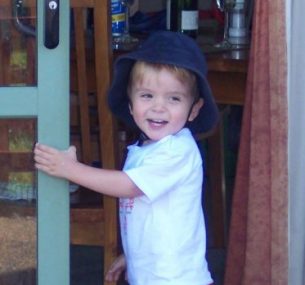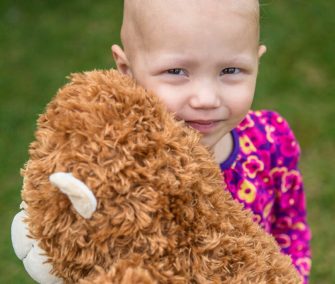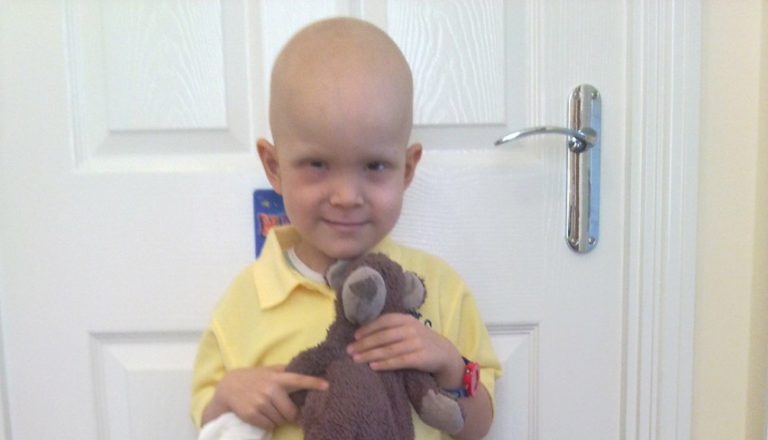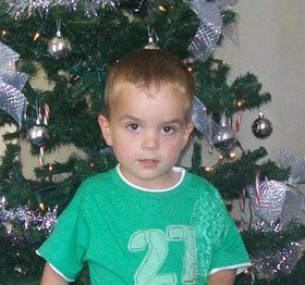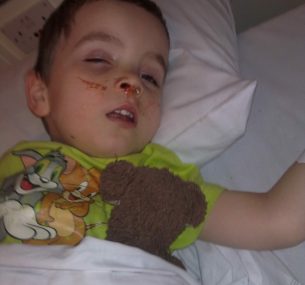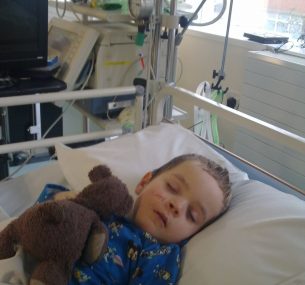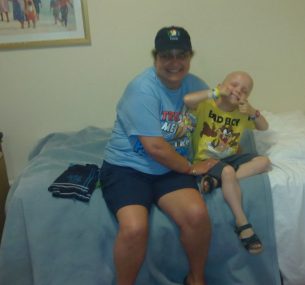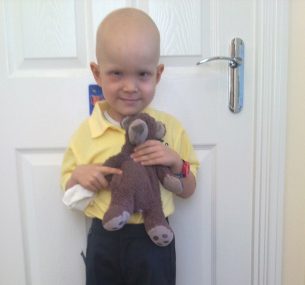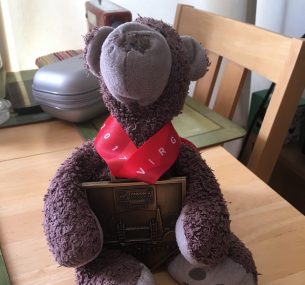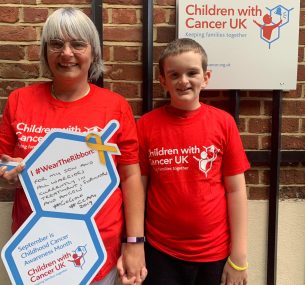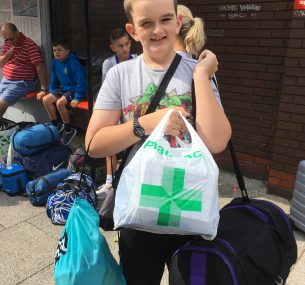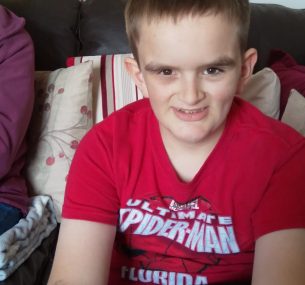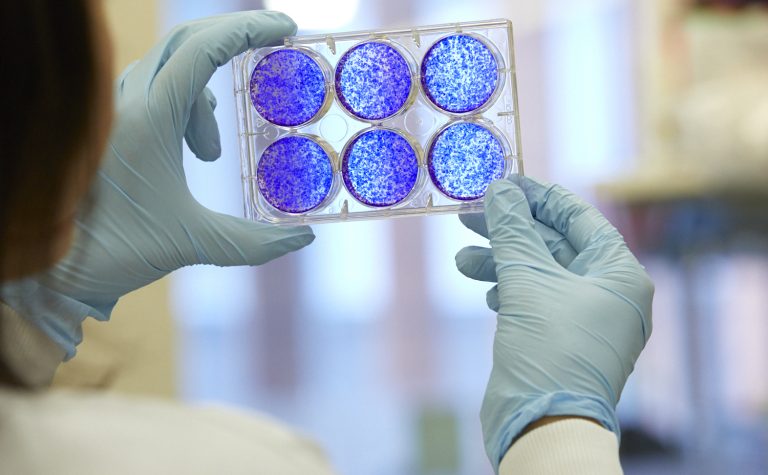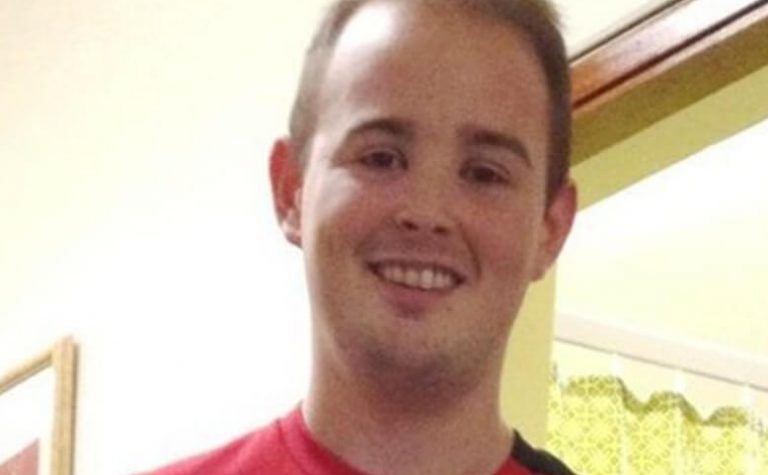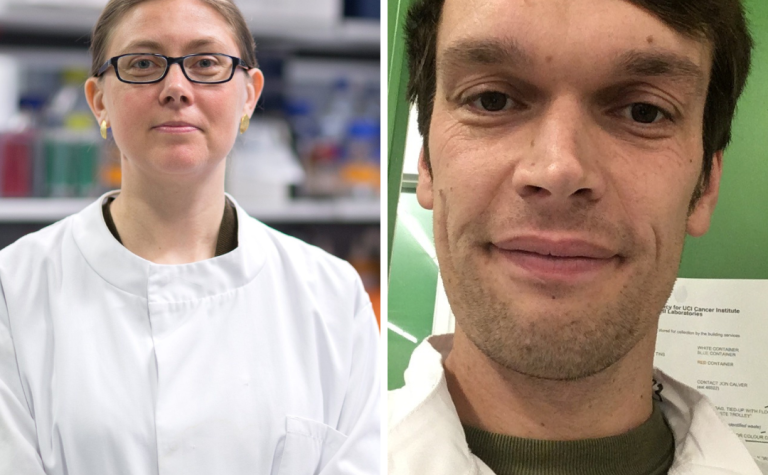And so our journey began
We attended The Royal Marsden and the first thing I needed to prove, was Harry’s residency as he had been born outside of the UK. The fact he was a British citizen with a UK passport meant nothing, we had to prove residency. We had to have been in the UK for more than 6 months to qualify for NHS treatment. Had we returned as planned in December 2010, this would have meant we had only been in the UK for three months. By returning in August 2010, we qualified for NHS treatment.
We had been told that once the investigations and testing’s had been done, chemotherapy would start ‘in a few weeks’ time,’ three different drugs every three weeks for nine cycles and between cycles three and four, radiotherapy would commence. However, after an MRI at St Georges, we were informed due to the size and position of the tumour (6cm by 5cm by 4cm, under his eye, behind his nose and obstructing his breathing) chemotherapy would start now, here at St Georges, where there was a paediatric intensive care unit.
Harry qualifies for Proton Beam
One of the most useful pieces of information I was given whilst at St Georges, being thrown full pelt into the world of oncology, was something that Young Lives Vs Cancer provided for me. They gave me a ‘File of Facts,’ a play on words of the Filofax. It was a compendium containing a diary, sheets to note all blood results, information on benefits and charities to support cancer patients and a list of all the Primary Treating Centres and contact details. To have all of this in a compact, portable format was a totally brilliant idea and became my bible throughout his treatment.
After our second bout of chemotherapy, on 27 April 2011, we were told that Harry should qualify for Proton Beam radiation, based on his age, his diagnosis and the location of his tumour. This is more of a three dimensional treatment, going the length, breadth and depth of the tumour and preserving everything else around it. The only issue was, it wasn’t available in the UK but in America, and we would need to be there for a total of three months. At the time of this discussion, we were only the second family who had been recommended this treatment. We found out we had been accepted for funding on 15 June 2011 and on 30 June were told we were flying out 48 hours later.
